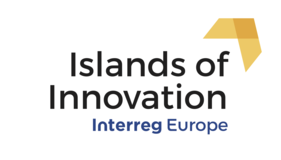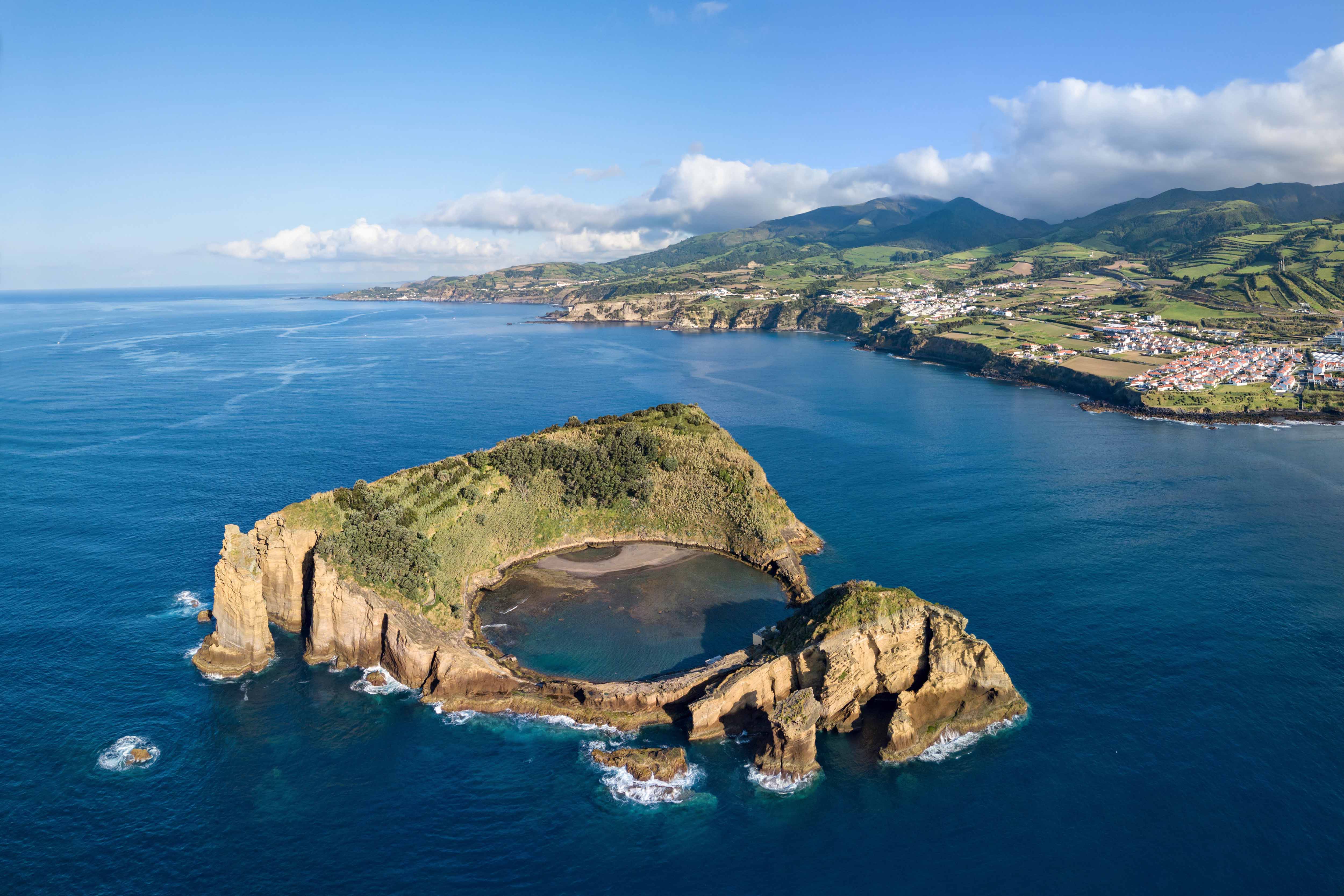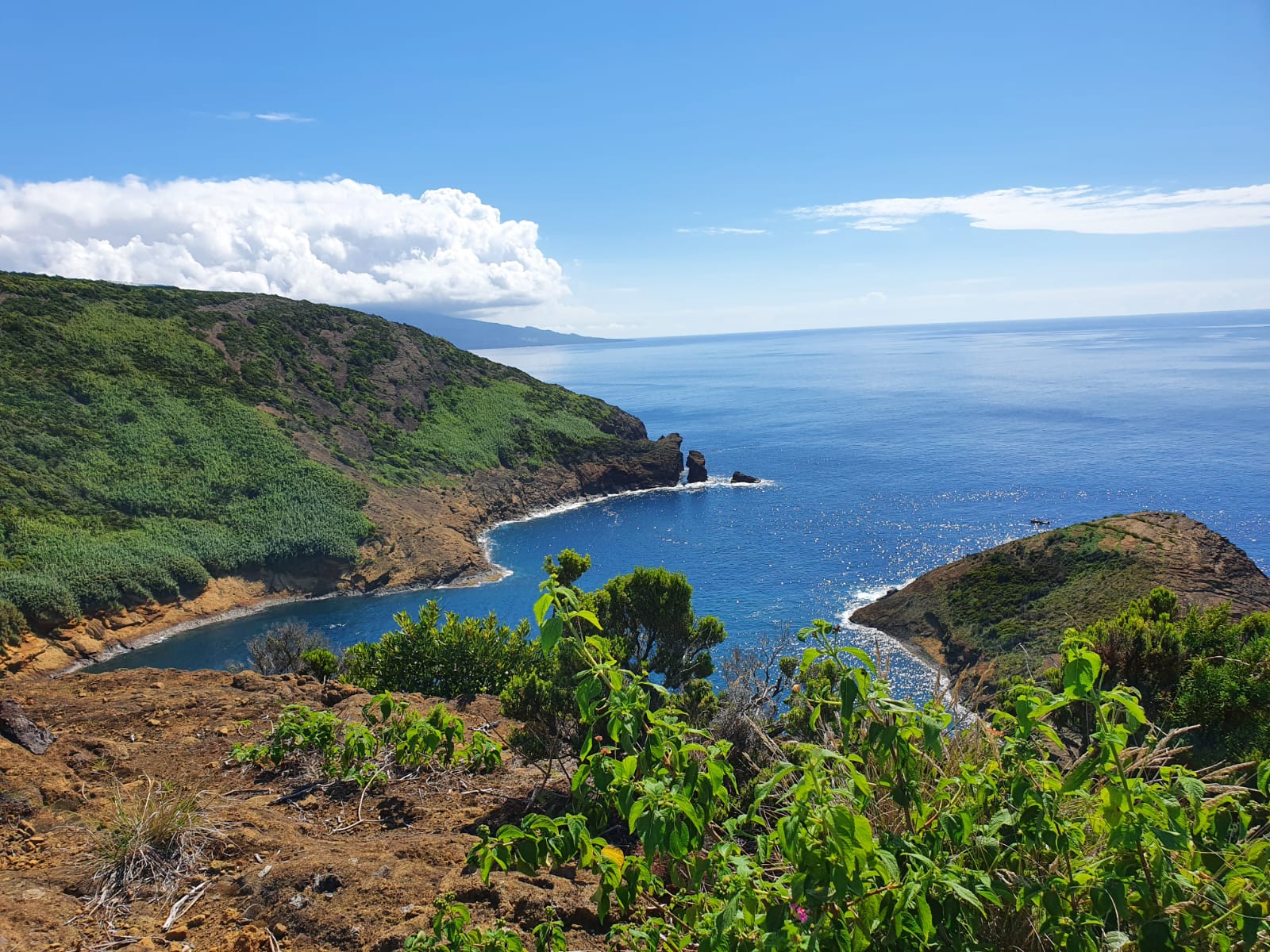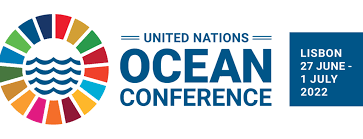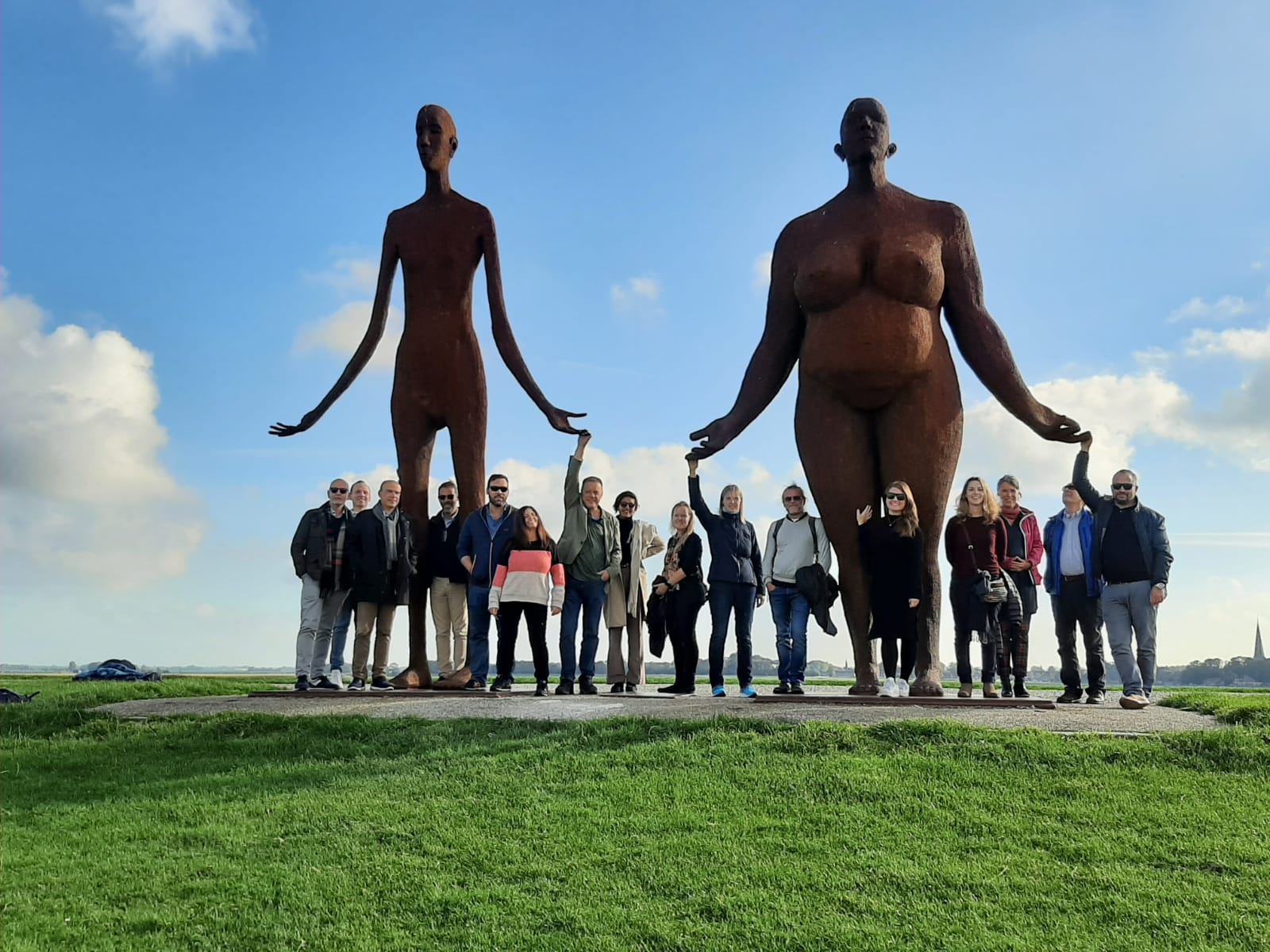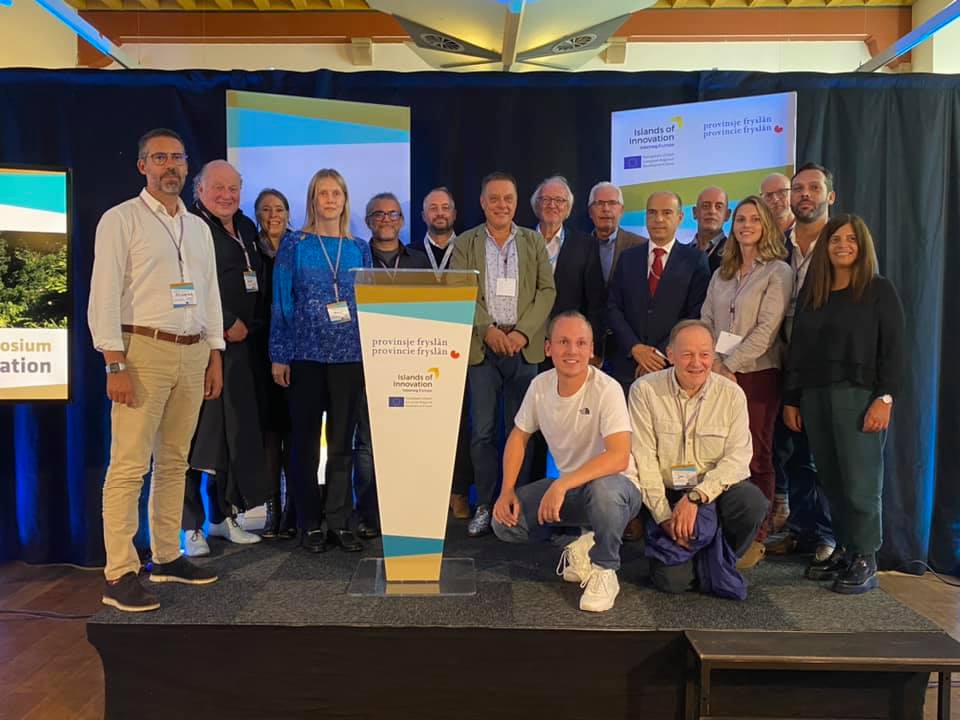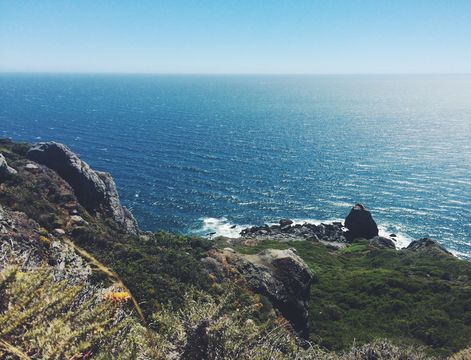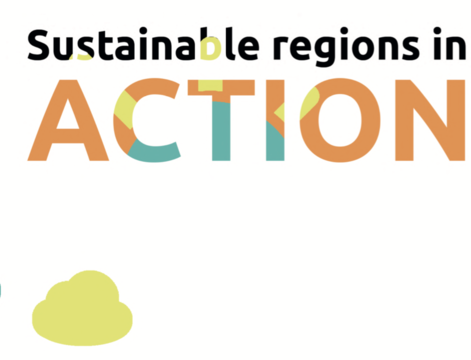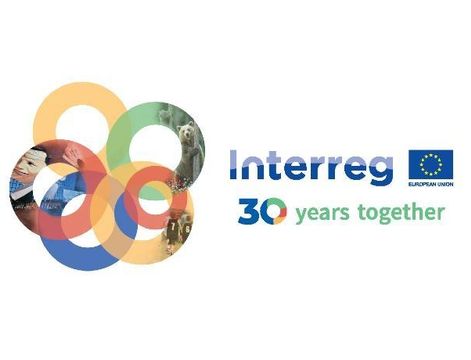This competition took place for the first time and all the exhibitors at the biggest travel fair in the Nordic region were encouraged to submit their applications for participation. Five companies and organisations were chosen into the final, all the finalists had to prepare a 5-minute pitch and the winner was chosen based on the final presentation. Saaremaa was represented by Visit Saaremaa, a tourism organization that aims at introducing Saaremaa as a tourist destination and increasing the number of visitors to the island.
Saaremaa, together with other islands in the West Estonia belongs to the UNESCO biosphere area program “Man and Biosphere” – for centuries islanders have lived in harmony with nature and continue doing so. There is Vilsandi national park and many protected areas on Saaremaa.
Since this year, 80% of local buses on Saaremaa will be using CNG gas and local transport is free of charge to encourage people to using more public transport and one of the two ferries will be a hybrid ferry soon. There are great conditions for cycling on Saaremaa – flat surface, variety of interesting routes and plenty of bicycle roads.
Restaurants on Saaremaa use high quality ingredients in cooperation with local farmers. Saaremaa has local trademark called Ehtne which means authentic. It guarantees that all the products carrying that label are made in Saaremaa or contain majority of the ingredients that are from Saaremaa.
More and more young people move back to the island. They often start their own business, thus providing their own income and are frequently employing other locals.
A few examples of what people produce here. There are four companies producing drinking straws of reed. Reed grows by the rivers and on the coast and needs to be cut for maintenance. The natural drinking straws are a great sustainable alternative to plastic straws. Another company utilises the Christmas trees of a number of cities for producing tonic water. This year, they will recycle the Christmas trees of Helsinki and Loviisa in Finland as well as Kuressaare and Pärnu in Estonia. The product is marketed in five countries, including some luxury department stores of Paris.
Islanders are still keeping traditions alive. There are professional fishermen, home made beer is still brewed, stone fences are restored and islanders love to wear folk costumes on festive events.
Thanks to isolation created by the sea, the local culture of the islands has been able to grow in a distinctive way.
More information about Saaremaa: visitsaaremaa.ee/en/.
